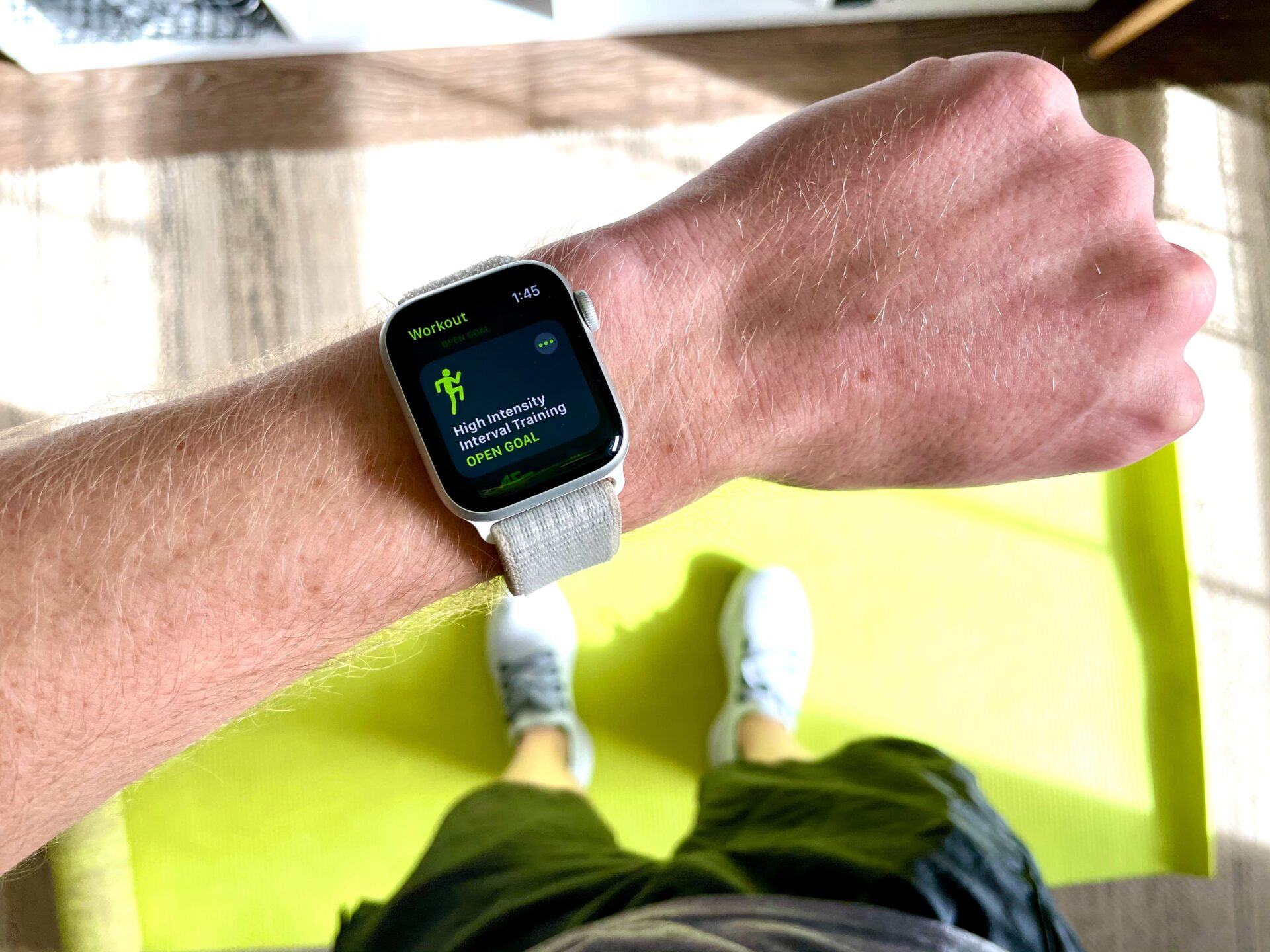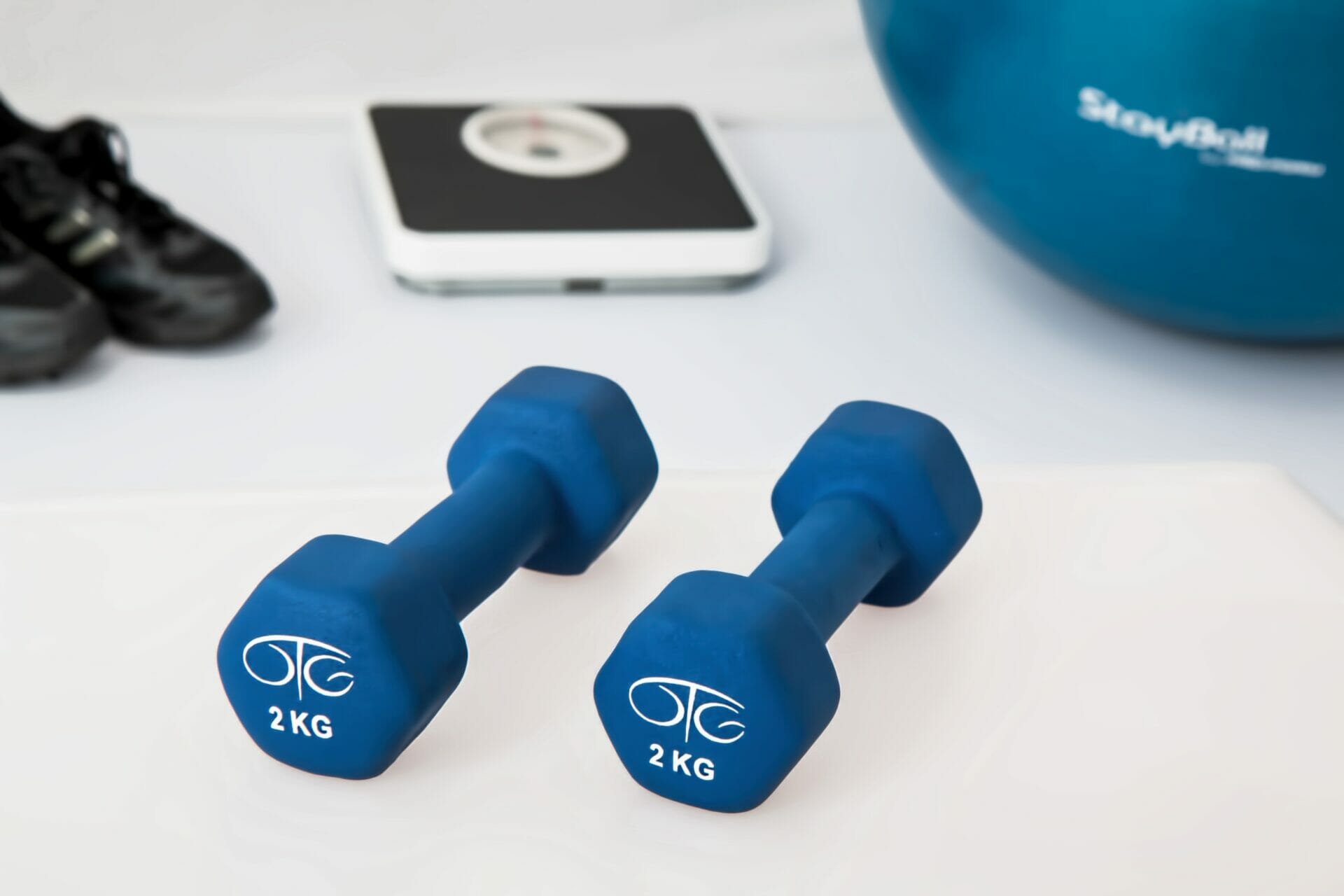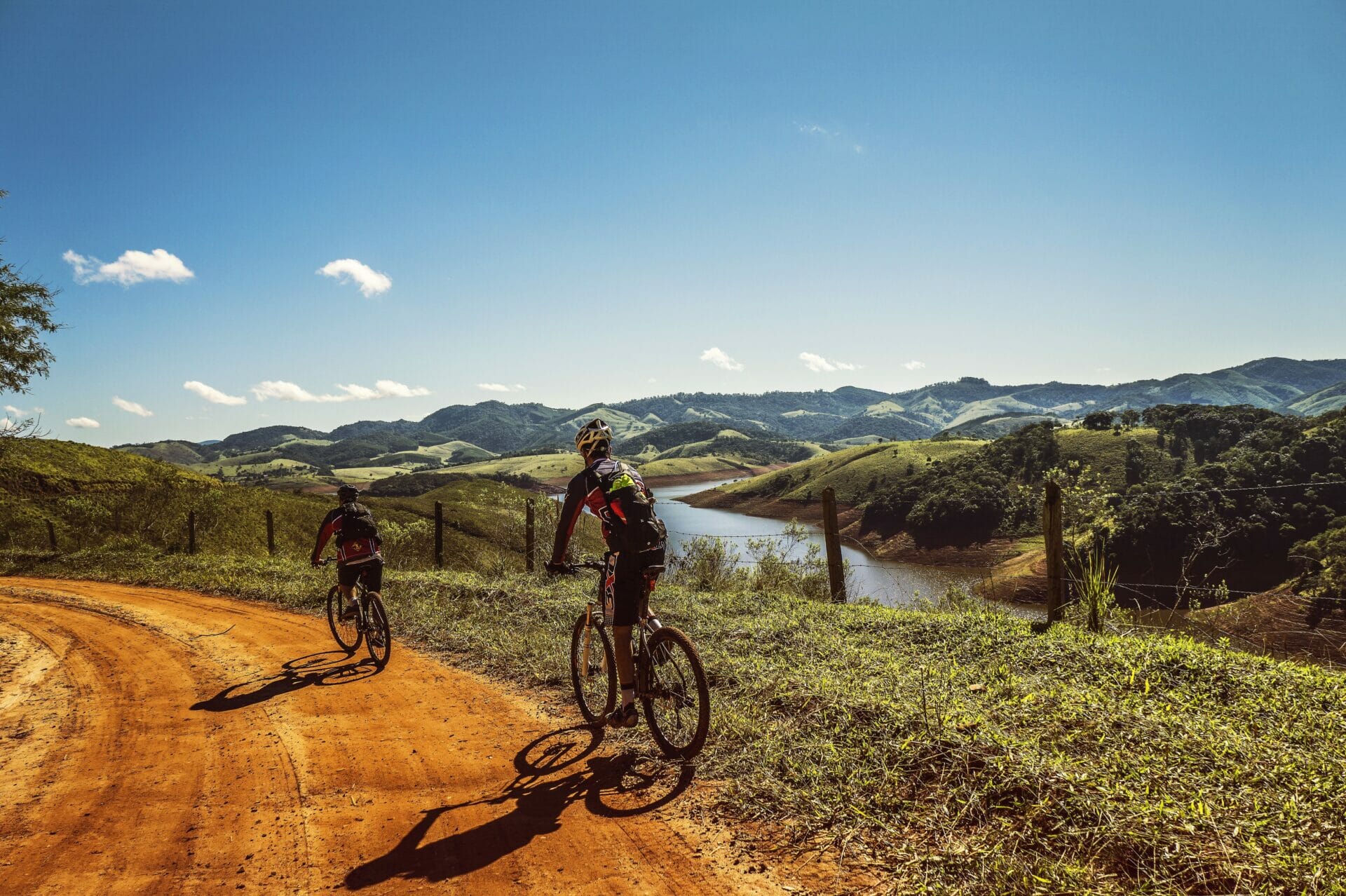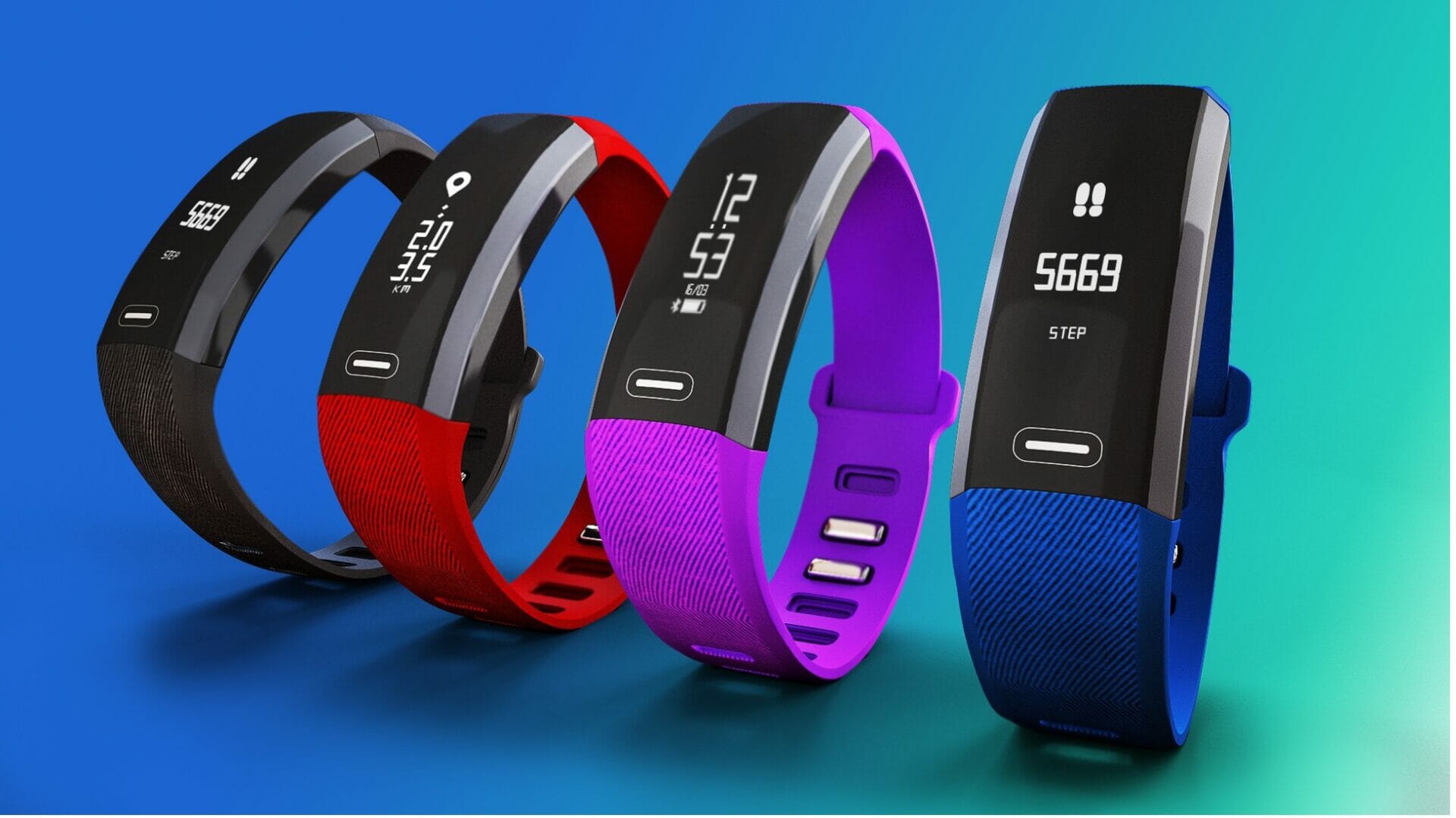Introduction To Hiking
Hiking is an excellent way for to stay active, explore nature, and maintain a healthy lifestyle. It offers a range of physical and mental benefits, from cardiovascular fitness to stress reduction. However, to fully enjoy the hiking experience, it is crucial to have the right equipment. This article will guide you through the essential hiking equipment checklist specifically tailored for adventurous.
Importance Of Having The Right Hiking Equipment
Having the right hiking equipment is paramount for a safe and enjoyable adventure. The appropriate gear ensures comfort, protection, and convenience throughout the journey. Ill-fitting boots, inadequate clothing layers, or lack of essential tools can lead to discomfort, injuries, and even accidents. By investing in the proper hiking equipment, you can enhance their hiking experience and minimize potential risks.
The Essential Hiking Equipment Checklist
Backpack
A well-fitting backpack is essential to carry all the necessary items for a hiking trip. Look for a backpack that offers support, adjustable straps, and ample storage capacity. It should distribute the weight evenly to prevent strain on your back and shoulders. Consider the duration of your hikes and choose a backpack that accommodates the required gear without being too heavy or bulky.
Hiking boots
Investing in a good pair of hiking boots is crucial to protect your feet and provide stability on uneven terrain. Look for boots that offer ankle support, a sturdy sole with good traction, and waterproof or water-resistant features. Properly fitting boots will prevent blisters and injuries, ensuring a comfortable and safe hiking experience.
Clothing layers
Wearing appropriate clothing layers is essential to regulate body temperature during hikes. Dressing in layers allows you to adjust your clothing according to changes in weather and exertion levels. Start with a moisture-wicking base layer, add insulating layers for warmth, and top it off with a waterproof and breathable outer layer. Don’t forget to bring a hat, gloves, and extra socks for additional protection and comfort.
Navigation tools
Carrying navigation tools such as a map, compass, or GPS device is crucial for staying on the right trail and avoiding getting lost. Familiarize yourself with the tools and learn basic navigation skills to ensure a safe and enjoyable hiking experience. Additionally, consider investing in a reliable hiking app or GPS device that can provide real-time tracking and trail information.
Hydration system
Staying hydrated is of utmost importance during hikes, especially for 50+ year olds. Carry a hydration system, such as a water bladder or water bottles, to ensure easy access to water on the trail. Aim to drink at least one liter of water every two hours to prevent dehydration. Additionally, consider carrying water purification tablets or a filtration system for emergencies or when hiking in remote areas.
First aid kit
A well-stocked first aid kit is essential for any hiking adventure. Include items such as bandages, adhesive tape, antiseptic wipes, pain relievers, insect repellent, and any necessary personal medications. Familiarize yourself with basic first aid procedures and carry a manual or guidebook for reference. Regularly check and restock your first aid kit to ensure its completeness.
Snacks and meals
Pack lightweight, high-energy snacks and meals to keep you fueled throughout your hike. Choose nutritious options such as trail mix, energy bars, dried fruits, and jerky. Consider dietary restrictions and preferences when selecting food items. It’s also a good idea to pack extra food in case of unexpected delays or emergencies.
Trekking poles
Trekking poles provide stability and reduce strain on your joints, especially during steep ascents and descents. They help distribute weight and provide balance, reducing the risk of falls or injuries. Look for lightweight, adjustable poles with comfortable grips and sturdy tips for various terrains. Practice using trekking poles before your hike to get accustomed to them.
Headlamp
A headlamp is a crucial item for hiking, particularly if you plan to hike during early mornings, late evenings, or overnight. It provides hands-free illumination and ensures visibility in low-light conditions. Choose a headlamp with adjustable brightness levels, long battery life, and a comfortable headband. Always carry spare batteries or a portable charger.
Emergency shelter
Carrying an emergency shelter, such as a lightweight tent or bivy sack, is essential for unexpected situations. It provides protection from extreme weather conditions or an unplanned overnight stay. Look for compact, lightweight options that can be easily packed into your backpack. Familiarize yourself with setting up the emergency shelter before your hike.
Choosing The Right Hiking Equipment
Considerations for comfort and support
When selecting hiking equipment as a 50-something, comfort and support should be top priorities. Opt for gear that is designed to provide extra cushioning, stability, and ergonomic support. Look for features like padded straps, adjustable fittings, and ample ventilation to ensure a comfortable hiking experience.
Adjusting gear for physical abilities
Adapting hiking gear to accommodate physical abilities is crucial for 50+ year olds. Consider using orthotic inserts for extra arch support in your hiking boots, wearing knee braces if needed, or utilizing trekking poles for added stability. Consult with a healthcare professional if you have specific concerns or conditions.
Testing and trying out equipment
Before heading out on a major hiking adventure, it’s essential to test and try out your equipment. Take shorter hikes to familiarize yourself with your gear, ensuring everything fits well and functions properly. This practice run allows you to identify any issues or discomfort and make necessary adjustments.
Where To Find And Buy Hiking Equipment
Outdoor gear stores
Outdoor gear stores are excellent places to find a wide range of hiking equipment. Visit specialty stores where knowledgeable staff can provide expert advice and assistance in selecting the right gear for your needs. Don’t hesitate to ask questions and try on different items to find the perfect fit.
Online retailers
Online retailers offer convenience and a vast selection of hiking equipment. Read reviews, compare prices, and check sizing charts before making your purchase. Make sure to buy from reputable websites to ensure quality and authenticity.
Second-hand gear options
If you’re on a budget or prefer sustainable options, consider purchasing second-hand hiking gear. Consignment shops, online marketplaces, and gear rental services often offer well-maintained and affordable equipment. Just make sure to thoroughly inspect and test the gear before using it on the trails.
Additional Gear For Specific Hiking Conditions
Hiking in hot climates
When hiking in hot climates, it’s essential to have gear that protects you from the sun and promotes breathability. Invest in a wide-brimmed hat, lightweight and moisture-wicking clothing, sunscreen, and a neck gaiter or bandana to protect your neck and face from the sun.
Hiking in cold climates
For hiking in cold climates, layering becomes even more critical. Opt for moisture-wicking and insulating base layers, a warm and breathable mid-layer, and a waterproof and windproof outer shell. Don’t forget to pack extra insulation like gloves, a beanie, and a scarf to protect your extremities.
Hiking in rainy or snowy conditions
When hiking in rainy or snowy conditions, waterproof gear is essential. Invest in a high-quality rain jacket, waterproof pants, and waterproof hiking boots. Consider using gaiters to keep snow and water out of your boots. Pack extra pairs of socks and bring along a dry bag to protect your belongings.
Hiking Safety Tips
Proper warm-up and stretching
Before starting any hike, it’s crucial for 50+ year olds to warm up their muscles and stretch to prevent injuries. Focus on stretching your legs, hips, and back to improve flexibility and reduce the risk of strains or sprains.
Pace and rest considerations
50+ year olds should hike at a pace that suits their fitness level and physical abilities. Take regular breaks to rest and hydrate, especially during longer hikes. Listen to your body and adjust your pace accordingly to avoid overexertion.
Communication and emergency plans
Always inform someone about your hiking plans, including your expected route and estimated return time. Carry a fully charged mobile phone with emergency contacts programmed. Familiarize yourself with basic navigation skills and know how to use your communication devices in case of emergencies.
Weather and trail conditions monitoring
Stay informed about the weather and trail conditions before heading out on a hike. Check reliable sources such as weather websites or park ranger stations for updates. If conditions are unfavorable or unsafe, consider rescheduling your hike or choosing a different trail.
Hiking Resources
Hiking clubs and groups
Joining hiking clubs or groups can provide valuable resources and support for 50+ year olds These communities often organize group hikes, share hiking tips, and offer a supportive network of fellow outdoor enthusiasts. Look for local hiking clubs or online communities to connect with like-minded individuals.
Hiking apps and websites
Numerous hiking apps and websites offer valuable information on trails, navigation, and safety tips. Some apps even allow you to download maps for offline use, track your progress, and discover new hiking routes. Explore popular apps like AllTrails, Gaia GPS, or Komoot to enhance your hiking experience.
Hiking guides and books
Hiking guides and books provide a wealth of information on trails, equipment, and hiking techniques. Look for guidebooks specific to your region or the type of hikes you’re interested in. These resources can offer valuable insights, historical context, and safety tips.
Hiking is a fantastic activity that can be enjoyed by 50+ year olds with the right equipment. By following the ultimate hiking equipment checklist, considering comfort and support, and staying informed about hiking safety, adventurous 50+ year olds can embark on memorable hiking adventures with confidence. Remember to adapt your gear to your physical abilities, test it beforehand, and seek support from hiking communities and resources. Now, grab your backpack, lace up your hiking boots, and hit the trails for an unforgettable outdoor experience!
Start planning your next hiking adventure today and make sure to check out our comprehensive hiking equipment guide to ensure you have everything you need for a safe and enjoyable hike. Happy hiking!





Responses